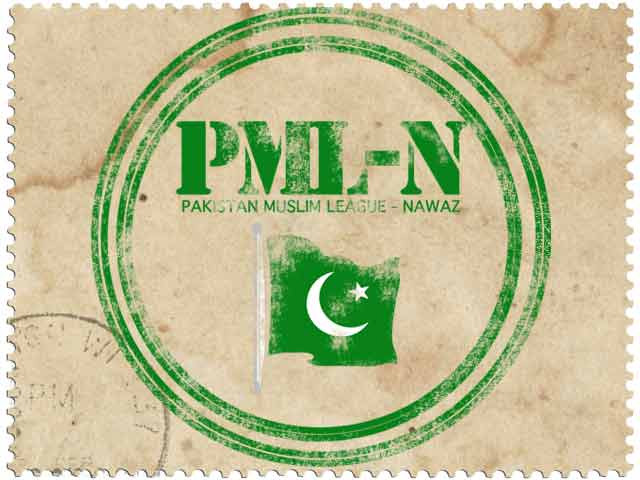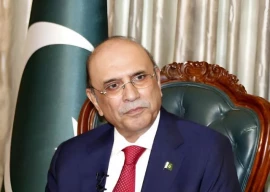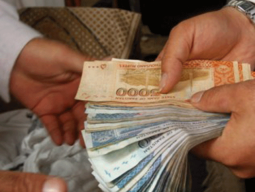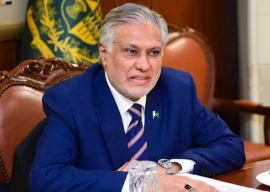
Recognising that the energy crisis is likely to become a serious campaign issue during the upcoming election, the Pakistan Muslim League Nawaz will hold an energy conference in Islamabad on Monday (today), where 80 energy experts, legislators, academics, journalists and others are expected to participate in helping the party craft a national energy policy for its manifesto.
PML-N’s eponymous president Nawaz Sharif is expected to preside over the conference titled “National Conference on Energy for Growth and Sustainable Development”, to be held at the upscale Islamabad Serena Hotel.
Asif Kirmani, Sharif’s political secretary, said that the participants would talk about the options the country faces in terms of solving the chronic energy crisis, while the PML-N’s manifesto committee would share some of its draft policy recommendations with the experts.
PML-N spokesperson Senator Mushahidullah Khan said that the party will take some of the feedback it receives into account before publishing a final draft of the energy policy section of its election manifesto. He added that the party would also solicit advice from government departments and agencies involved in managing the energy chain in the country.
The party seems particularly keen to be seen as a competent alternative to the present government. Punjab Chief Minister Shahbaz Sharif is expected to participate in the conference to highlight some of the initiatives that the PML-N-led Punjab government is undertaking in the energy sector, including the chief minister’s recent attempts to secure assistance and cooperation from other countries, including Turkey.
Senator Mushahidullah said that it was a new trend in Pakistani politics for the opposition party to hold such conferences with experts on key policy issues such as the energy crisis. He added that, rather than politicking to gain power, the PML-N would offer policy advice to the federal government on how to overcome the energy crisis.
The PML-N’s campaign for the upcoming election – launched in October 2011 – was initially focused on what are perceived to be two of the biggest weaknesses of the Pakistan Peoples Party-led federal government: a failure at curbing corruption and an inability to solve the energy crisis. The party had decided to street the public’s ire over these issues at President Asif Ali Zardari and used the slogan “Go Zardari Go” in its rallies in Dera Ghazi Khan, Gujranwala, Faisalabad and Chishtian.
Yet after the two successful rallies by the Pakistan Tehreek-e-Insaf (PTI) on October 30 (Lahore) and December 25 (Karachi), the PML-N has since backtracked on its strident opposition to President Zardari and the PPP and is now cooperating with the government on several issues in order to turn back the rising tide of PTI’s popularity, which tends to cannibalise from the PML-N’s urban support base.
Having voted with the government in the National Assembly on the 20th amendment to the constitution and having struck a deal with PPP over the Senate elections next month, the PML-N cannot realistically oppose the government on political grounds alone, say political observers. The decision to hold the energy conference is an attempt to project the image of a party that can competently govern the country, they add.
The PML-N certainly has a more competent image than most other parties on the energy crisis. The incidence of electricity theft is lowest in Punjab: at roughly 14% compared to the national average of over 24%. And the Punjab government’s policies on energy have been ranked by the World Bank as being on par with global best practices. The PML-N hopes to translate that image of technocratic competence into votes that can win the next election.
Published in The Express Tribune, February 20th, 2012.






1726054615-0/OpenAI-(2)1726054615-0-270x192.webp)











COMMENTS
Comments are moderated and generally will be posted if they are on-topic and not abusive.
For more information, please see our Comments FAQ